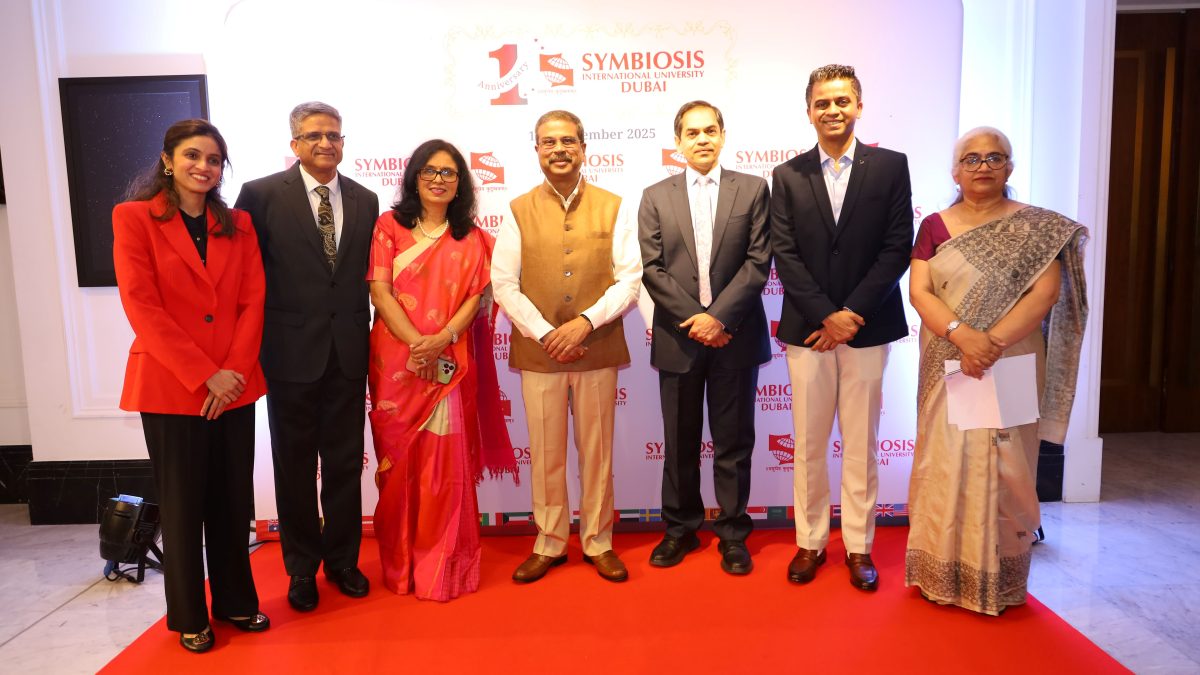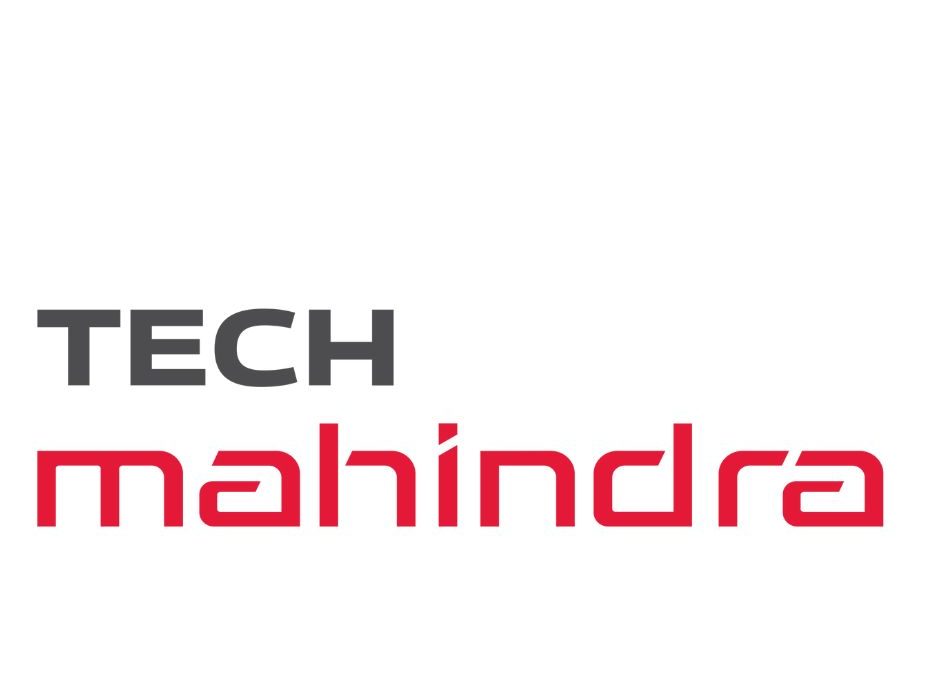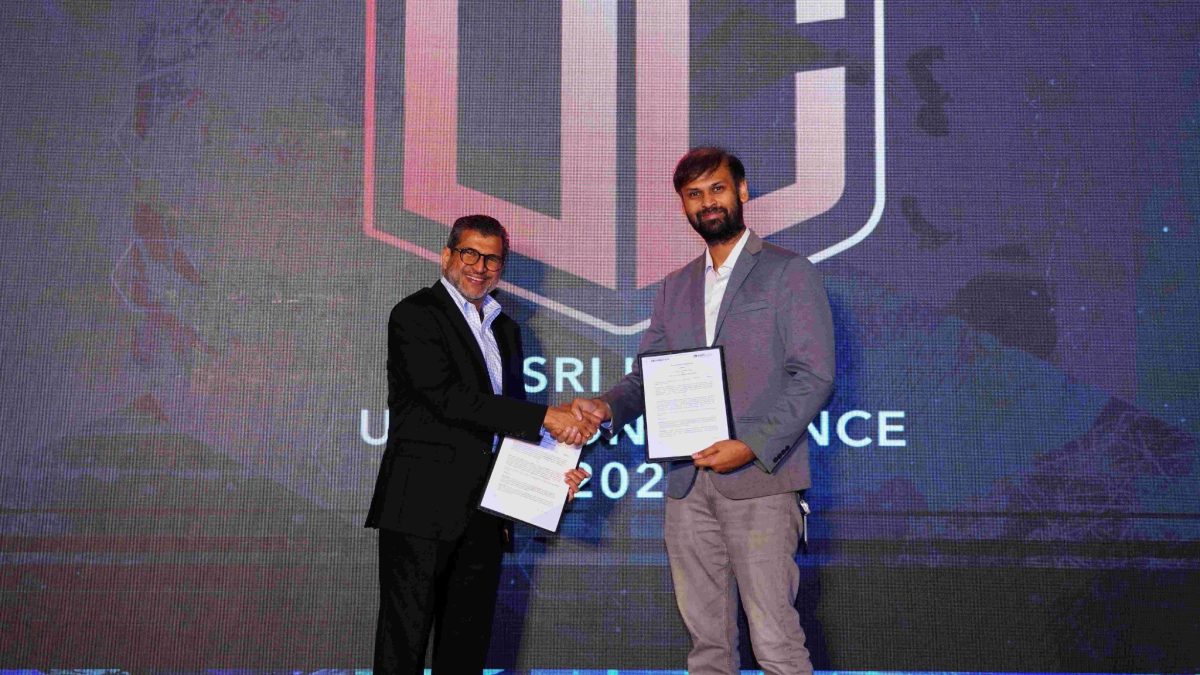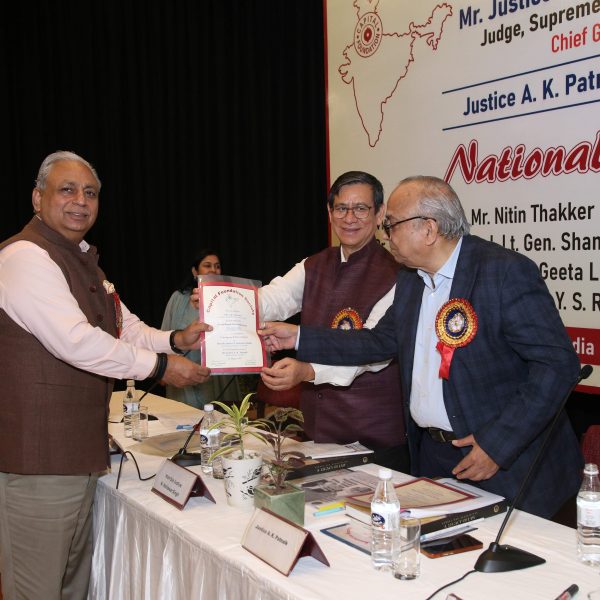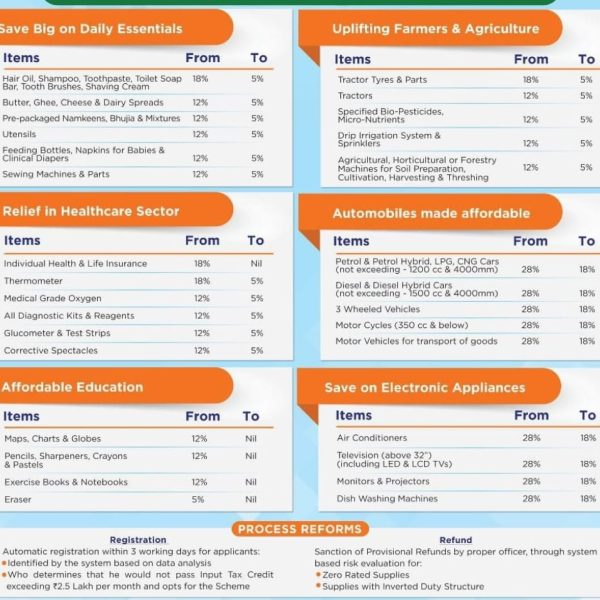COAI’s recommendations for New Government on Telecom Industry’s Issues

Lt. Gen. Dr. S.P. Kochhar, Director General, COAI
As India enters another momentous era with the new government under the leadership of Hon’ble Prime Minister Narendra Modi, we are excited about the new developments and policy considerations awaiting the telecom industry in the next five years. Over the past decade, we saw how India is making strides to become a thriving digital economy by 2027. With the on-going and upcoming 5G advancements, as well as the promising 6G innovations, the telecom industry in India is poised to drive this transition. As the new chapter unfolds for India, here’s a glimpse at the topmost priorities that we wish the government address to help the industry achieve its goals.
IMT Spectrum Availability and Spectrum Costs Consideration
The availability of 6 GHz mid-band spectrum is crucial to expand the 5G networks, especially the IMT (mobility services) in India. Unfortunately in the last spectrum auction we could get only 800 MHz, so to fulfil the requirement, we need to get 1200 MHz from the 6GHz range. A recent report by GSMA says that India can save as much as $10 billion annually in 5G network deployment through the use of 6 GHz spectrum.
Over the past couple of years, India has made giant leap in 6G innovations through initiatives such as Bharat 6G Alliance and Bharat 6G Vision which envisage India to be a leader in 6G innovations and deployment. To achieve this mission, the industry needs massive spectrum resources which can deliver the higher capacity required by 6G. Thus, we urge the government to strategically plan the 6 GHz resources for 6G as well.
With the anticipated spectrum auction for 5G by June end, we request the government to address the industry’s longstanding issues about spectrum pricing and related revenue concerns. Despite making huge investment for 4G/5G rollout, TSPs in India are still among those with the lowest ARPU in the world. India’s spectrum costs as a proportion of annual recurring telecom revenues are much higher than key global markets such as China, Germany, UK, Brazil or even neighbouring Pakistan, according to research firm CLSA. In this context, we urge TRAI to revisit the spectrum pricing recommendation, in line with global norms. We also request TRAI to do away with the minimum rollout obligations, giving TSPs the freedom to decide the rollout strategy upon acquiring the spectrum.
The Growing Concern over Fair Share Usage Policy
The TSPs in India have been requesting the regulatory authorities to implement a fair share data network usage policy, wherein the Large Traffic Generators (LTGs) pay a share of their revenue with TSPs who provide the complete infrastructure for their data requirements. The rapid surge in data over telecom networks has put tremendous pressure on telecom networks, leading to severe QoS issues, drastically impacting TSPs’ customer experience.
We feel this is a clear case of exploitation as the massive investment and efforts of the TSPs are being siphoned off by these service providers. We are not targeting the smaller players, startups and MSMEs whose traffic generation is negligible compared to that from the LTGs whose services consume large Terabytes of data every day and the revenue they amass in the form of subscription fee and advertisement costs are repatriated to their parent countries. This causes huge loss, estimated to the tune of INR 10,000 crores, to the Government exchequer (Source: COAI analysis). This is expected to increase further in the coming years, especially with the emergence of newer AI applications and technologies such as video optimization on OTT streaming platforms.
Making AI as the Foundation for Digital India
Artificial intelligence, or AI, has garnered significant momentum worldwide, leading to several policy considerations and regulatory reforms. In the context of GenAI, which has gained massive popularity in India, implementing a structured input process or “template approach” is key to improve the utility of data. This underscores the critical role of embedded AI systems, which can collect the data using a standardized template formulated by the government, ensuring uniformity and quality across diverse data sources.
The embedded AI systems take the requirements from the GenAI system and sift through raw data to make “templatised” trend-based data sets, which are then used as inputs for GenAI to produce the required results. This will also help tailor the data to Indian context considering India’s geographic, linguistic, and cultural diversity. This is crucial to build a sustainable and inclusive growth in the country.
Addressing Testing and Certification Challenges
The ICT manufacturing landscape in India has undergone dramatic shift over the past decade, thanks to the ambitious initiatives like Atmanirbhar Bharat, a testament to India’s ambition to become a global manufacturing hub for ICT products. The PLI scheme for telecom and networking products worth Rs 12,195 crore and its amendment in June 2022 to introduce a Design-led Manufacturing Scheme with additional incentives of more than USD 533.33 million are clear mandates indicating government’s progressive approach to core manufacturing. However, there are challenges which need prior attention. In telecom manufacturing, the challenges associated with testing and certification of the equipment is crucial to ensure the safety and security of 5G infrastructure in the country.
The government has been actively working to simplify testing procedures through several supportive measures. The recent amendments in Phase III and Phase IV of the MTCTE regime has simplified compliance obligations and addressed potential security concerns. While acknowledging these, we would also urge the new government to consider the following recommendations which could further enhance India’s proficiency in producing high-quality local equipment
- Increase the number of test labs to support the testing of a massive volume of products.
- Provide exemption on Customs duties for products that enter India for testing and certification temporarily.
- If the product is unfit for use after testing, the law must allow local scrapping.
- MTCTE authorities may need to follow the global best practices and accept the international test reports and certificates wherever applicable, to ease the burden on the business.
We are confident that the new government will consider these recommendations on priority and spark a new beginning for the telecom industry. We wish all the success for the new government and eagerly await the emergence of India as the world’s third largest economy under their regime.
Telecom Equipment Theft
The incidents of telecom equipment theft, especially the RRU and BBU, have grown multi-fold over the past few months. Though our member operators have adopted several measures to prevent this, they have not been able to develop a fool-proof method. Further, there are several legal and technical challenges that make it difficult for them to recover the stolen equipment or to fully recover the loss. The impact of this is huge as it leads to poor quality of service (QoS) to end customers and significant financial loss for the TSPs.
We acknowledge that the government has taken several key measures to address this. This includes categorizing equipment theft as a cognizable and non-bailable offence of causing damage to telecom infrastructure under the Telecommunications Act, 2023. In addition to implementing these, we request the DoT to urgently intervene in the matter and do the following:
- Write to all State Chief Secretaries to prioritize such complaints and ensure strict action on the same.
- Coordinate with States for Police protection for telecom infrastructure, especially in theft-prone areas.
- Issue orders for blocking of websites selling active equipment.


